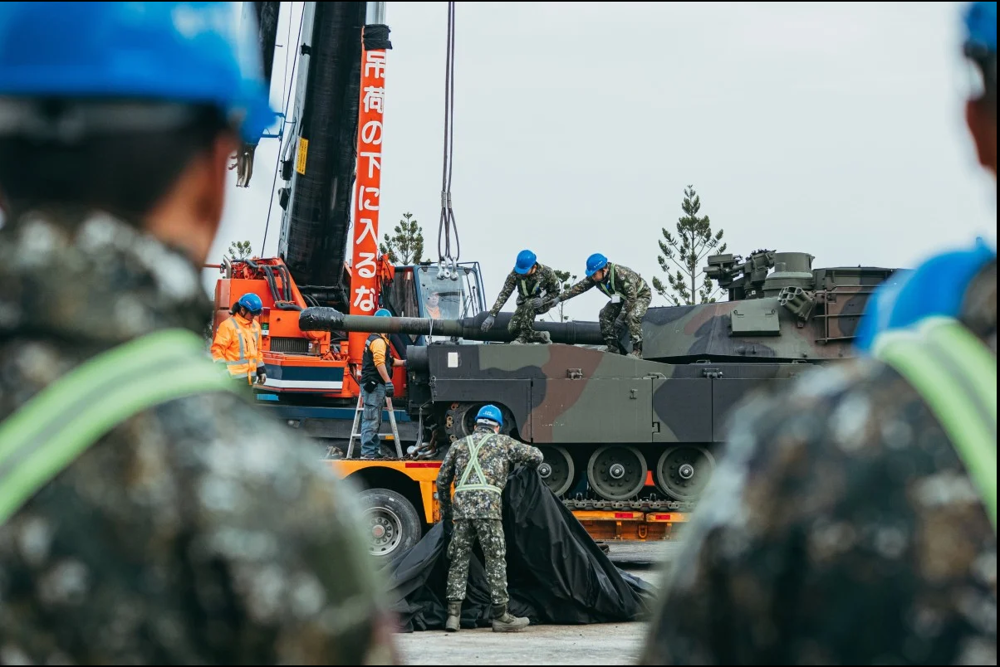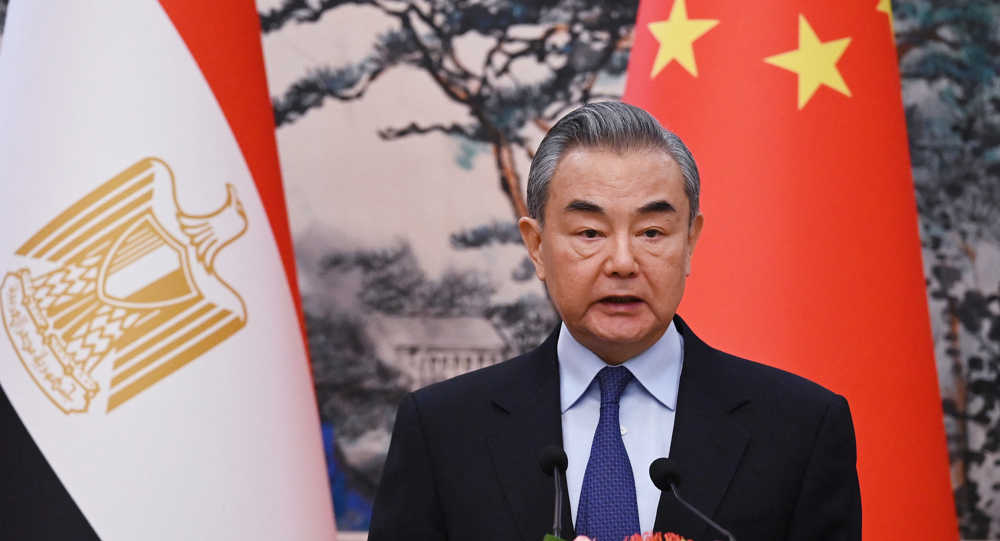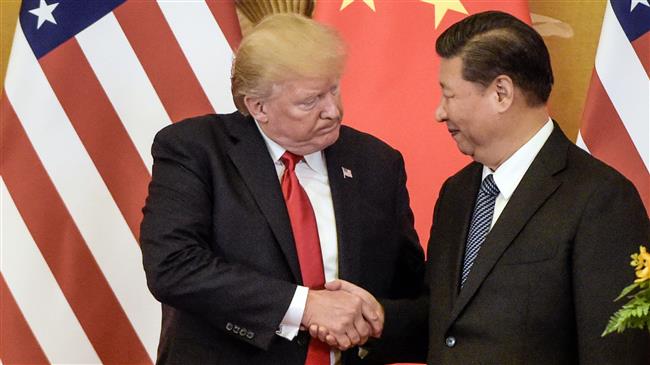China unveils combat drone amid arms race with US
China has displayed its new-generation stealth unmanned combat aircraft amid an ongoing arms race with the United States.
The full-size prototype of the country's new CH-7 unmanned aerial vehicle (UAV) was shown among the jet fighters, missiles and other military hardware, during the 12th China International Aviation and Aerospace Exhibition, known as the Airshow China 2018 in south China's Guangdong province.
The charcoal-grey drone is the length of a tennis court with a 22-metre wingspan. The new aircraft is capable of flying at more than 800 kilometers per hour and at an altitude of 13,000 meters.
“We are convinced that with this product clients will quickly contact us,” said Shi Wen, chief engineer at Chinese Aerospace Science and Technology Corporation (CASC).
“Very soon, I believe, in the next one to two years, (we) can see the CH-7 flying in the blue skies, gradually being a practical and usable product in the future,” Shi said.

Information from the Chinese largest military drone exporter, Academy of Aerospace Aerodynamics, noted that the drone is also capable of detecting stealth fighter jets - such as the United States' F-22 Raptor - and early-warning aircraft, and then providing guidance for manned combat planes to hit the targets.
Beijing said the new UAV has customers in around 10 countries, but declined to name them.
The United States, Russia and France are also working on developing their own versions of stealth drones, but experts believe that China's "competitive" prices and willingness to share its technology are attracting more attention from around the world.

The US has so far been extremely cautious about selling its higher-end unmanned system, even to member states of North Atlantic Treaty Organization (NATO). This has given Beijing an opportunity in the export market, experts say.
China said its delta-winged stealth drone is designed for significant missions such as strategic reconnaissance, electronic surveillance and high-value target elimination. The new drone is expected to hit the world market for the first time by 2022.
China Daily wrote that if the drone stays on track with its flight tests, China's UAVs will be the first on the market and the "sole option for buyers wanting to field stealth combat drones."
Chinese drones are now flying in Asia, Africa and the Middle East, the daily wrote.
New Chinese anti-ship cruise missile on display
The CASC also displayed its powerful new hypersonic anti-ship cruise missile, the CM-401 short-range anti-ship ballistic missile, at the exhibition.
The hypersonic cruise missile, which is said to have the potential to destroy a hostile ship with one hit, now has provides greater deterrence against US aircraft carriers sailing through the South China Sea, wrote China’s English-language newspaper, The Global Times, citing a Chinese military expert.

“China will possess greater deterrence against hostile sea attacks, especially from large vessels like aircraft carriers,” it quoted the expert as saying.
Many countries have been racing for years to develop hypersonic weapons. Both the United States and Russia have been researching and testing waveriders since 2010.
The US said it successfully tested the Boeing X-51 waverider between 2010 and 2013. It also announced in 2015 the goal to develop unmanned flying weapons that could travel at least five times the speed of sound by 2023.
Military experts say hypersonic technologies could transform the nature of warfare, they, however, may be adapted to a civilian role, including in industrial transport.
Commander of US Strategic Command John Hyten acknowledged earlier this year that China’s claim about achieving the technology had put additional pressure on Washington
He said now that China and Russia had achieved the technology, the US would “need a different set of sensors in order to see the hypersonic threats. Our adversaries know that.”
The Pentagon warned in report in October that China represents a "significant and growing risk" to the US military's industrial base.
There are nearly 300 vulnerabilities that could affect critical materials and components essential to the US military and arms industry, the report highlighted.
"A key finding of this report is that China represents a significant and growing risk to the supply of materials and technologies deemed strategic and critical to US national security," the report said.
The report examined US shortcomings that contribute to weakness in domestic industry, including inconstant US military budgets that make it difficult for American companies to predict government demand.
Mikati demands Israel's withdrawal from south Lebanon
Yemeni army strikes Israeli military sites with drones
‘Clock ticking’: UNRWA slams unjustifiable killing of children in Gaza
BP to be sued in Britain for supplying oil to Israel
VIDEO | Press TV's news headlines
Israeli strikes on north Gaza hospital ‘extremely dangerous, terrifying’: Director
VIDEO | Yemen targets Tel Aviv with Palestine 2 missiles
Pezeshkian: Iran resolved to complete North-South Transport Corridor












 This makes it easy to access the Press TV website
This makes it easy to access the Press TV website